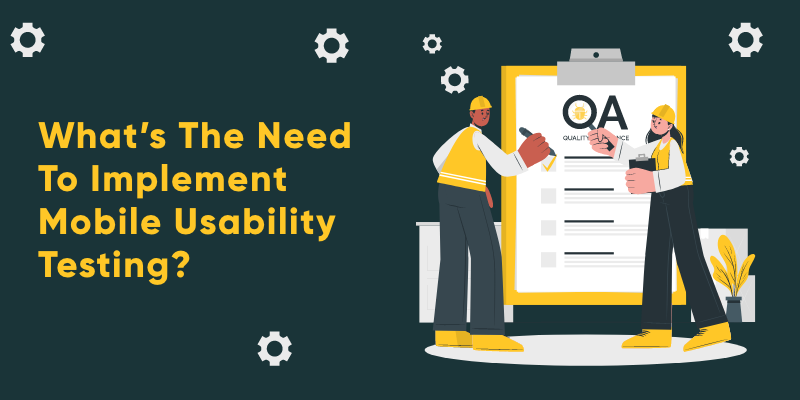With the tremendous improvement in mobile use. Desktop PCs are no anymore sufficient for long-term use. Thus, mobile usability testing is very essential.
This can give challenges for both the things configuration and usefulness. Designers and Developers realize that clients dismiss a webpage or application that is hard to utilize. Thus, in this way, mobile usability testing of sites or applications guarantees it will help. They help instead of creating problems for your clients.
What is Mobile Application Usability?
Mobile Application Usability is defined as the quality attribute that assesses how easy a system interface is to use. Usability contributes to the effectiveness, efficiency, and satisfaction in which specified users achieve specified goals.
Many people confuse usability with UX design and vice versa; however, mobile app usability is an aspect of UX that plays into the overall relationship between a user and the product. UX defines all aspects of a user’s perception of a mobile app, including usability.
Mobile app usability promotes learnability. A successful app needs to be intuitive, and it should take very little time for a user to achieve a certain degree of familiarity with the interface. If a user encounters an issue, a solution should be easily discoverable.
Mobile app onboarding is an effective way to guide users through a mobile app, enhance usability, and recover from errors.
Testing discovers bugs as well as adds to the believability of the best service. Indeed, even a minor imperfection can destroy the performance and can prompt disappointment in the market.
It is more than basic to test an app, look for bugs, and fix them before launching it. The common term for this is Mobile Usability Testing.
Mobile Application Usability Testing Process
Before you start thinking about what you will test and how you need to come up with a usability test plan. This serves as a blueprint for the actual test and although there is no specifically-set structure, it typically contains the following sections:
- Purpose, goals, and objectives of the test
- Research questions
- Participant characteristics
- Method (test design)
- Tasklist
- Test environment, equipment, and logistics
- Test facilitator role
- Data to be collected and evaluation measures
- Report content and presentation
Based on the usability test plan, it can be stated that in order to test the usability of a mobile application, (apart from the application itself) you require the:
- Objectives of the test
- Tasks that will be performed
- Test Documents (content form, orientation script, pre & post-test questionnaires)
- Test Participants
- Test Method
App and Web Mobile Usability Testing Methods
There are various methods available that you can perform for usability testing. Some of the most popular methods for mobile usability testing are as below :
- A/B Testing
- Hallway Testing
- Remote usability testing
- Expert Review
App and Web Mobile Usability Testing Methods
Python’s fundamental characteristics make it a popular choice for web development.
Python is firstly free, open-source, and generally accessible. More significantly, it is also very adaptive. Employing Python web development enables developers to create websites using a variety of programming techniques.
In addition, it has dynamic typing capabilities. This simply implies that Python uses programs that do not need compilation (or translation) prior to execution. They are performed during runtime. This is advantageous for web app development in 2023 since it takes less code and simplifies debugging.
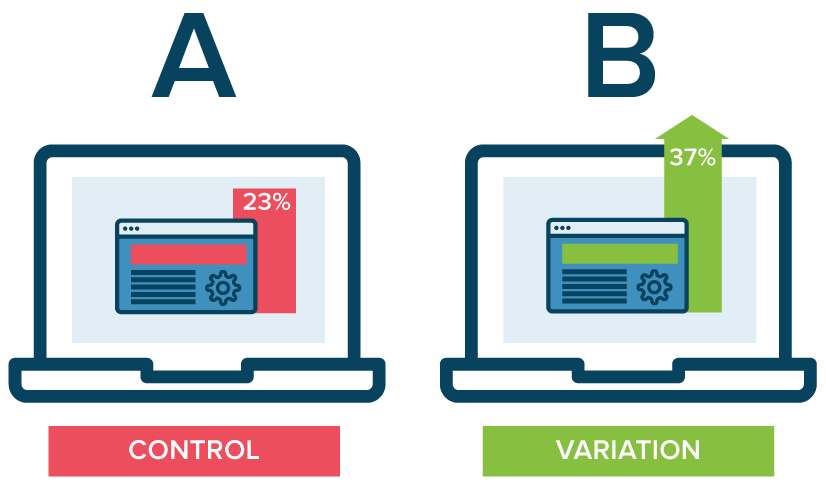
A / B testing provides a systematic way to find out what works and what does not work in any given marketing campaign.
Most marketing efforts are geared for more traffic drive, but as traffic acquisition becomes more difficult and costly it becomes paramount to offer the best experience to users who come to your website to be able to achieve its objectives during allowing it to turn into the fastest, most efficient way possible.
This testing method allows you to get the most out of your existing traffic.
A structured A/B testing program can make marketing efforts more profitable by pinpointing the most crucial problem areas that need optimization.
A/B testing is now moving away from being a standalone activity. This testing was to conduct once in a blue moon to a more structured and continuous activity which should always be done through a well-defined CRO process.
Hallway Testing

The idea behind hallway usability testing began as an alternative to hiring qualified or certified people to test a software product or technology in particular.
The idea is that you can go out and grab people passing by chance in a corridor office. Thereafter, get them to test a product once it was ready.
Another way to think of this is that the random individuals are obtained from the street and then assembled into the aisle before having to try a product under development.
Some experts believe that the use of hall usability testing may reveal 95% of the usability problems with an interface or product.
In a way, the principle of testing hallway usability is similar to the old idea of ”putting 1000 monkeys in 1000 typewriters” – is no suggestion commonly recognized that in doing this, companies can effectively test systems without having to invest in a group of certified testers or other users whose skills or experience can be costly.
In many ways, hall usability testing is to develop a test phase beta, where the product or interface is restricted to a group of random groups of people before it is released to the public.
Remote Testing
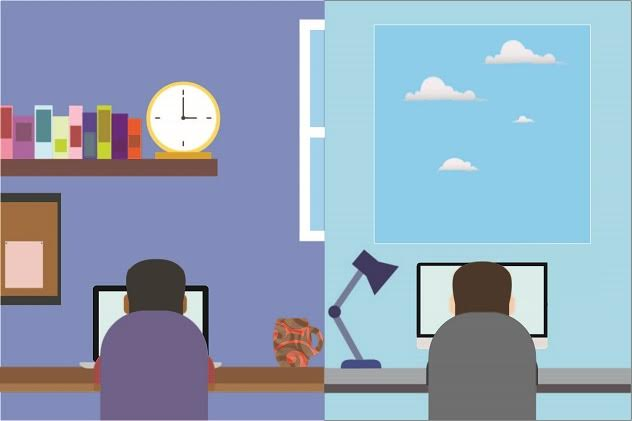
Remote usability testing is similar to traditional usability testing. The one key difference is: the participant and service provider are in two different physical locations.
More than a usability expert to go to the location or vice versa of a participant, the participant interacts with the design in your own home, office, or elsewhere, and experts observe it remotely.
Remote research allows participants to use their own computers for study. This allows your team to see how they set up their desktop, navigate between programs, and use tabs, For example. This idea of how to work with their own machines is valuable.
This makes it harder to solve any problem participants have with the remote tools necessary to carry out the study.
In moderated remote testing users and app owners are in the same “virtual” space at the same time. The app owner is looking at the usability test distance as it happens and communicating directly with the participant.
This communication is done through the phone, email, chat, or a combination of methods. In an unmoderated remote testing session, participants complete the study on their own schedule. Then, the recording session is done for later review by a usability expert.
Expert Review
Expert reviews usually expand on heuristic evaluations by assessing the design not only for compliance with heuristics, but also against other known usability guidelines, principles of usability-related fields such as cognitive psychology and human-computer interaction, and the reviewer’s expertise and past experience in the field.
The emphasis on the reviewer’s past experience and knowledge of usability principles is why this type of design review is often referred to as an expert review.
A written document is often the deliverable of an expert review, although sometimes the expert’s conclusions may be presented in a meeting instead.
Written documents take more time to create and read, but contain detailed information and recommendations, and can serve as a reminder for the reasoning behind certain design changes.
These documents can also rank the usability findings according to the problem’s severity or frequency.
Mobile Application Usability Testing Tools
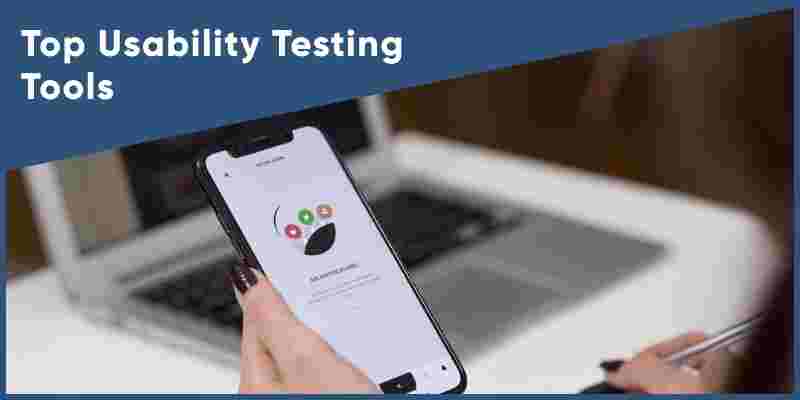
If you are confused about choosing between Android Vs. iOS app development, you can consider the pros and cons of each platform. It would depend on your choice of budget, business idea, time to market, etc.
You can go with iOS app development if:
- You wish to generate more revenue per user.
- You are tending towards a less complicated development process.
- Data security and privacy are your top priorities.
Optimizely

The device offers plenty of features including cross-program testing, portable site testing, geotargeting, guest division, and multivariate testing. Customers are free to use the required configuration, although some additional features are only accessible on the venture plan, which is paid for.
Crazy-Egg
This is what is known as a click-based client experience device. Its 30-day trial is free. And afterward will cost $9 every month. What will 9 bucks a month get you?
The Heatmap—you will see where every guest has tapped on your site, the Scrollmap—this will show how far down on the page a guest has normally looked over, the Confetti—will give bits of knowledge with respect to look through terms, guest sources, and other components, the Overlay—will separate the number of snaps per page component.
Usabilla
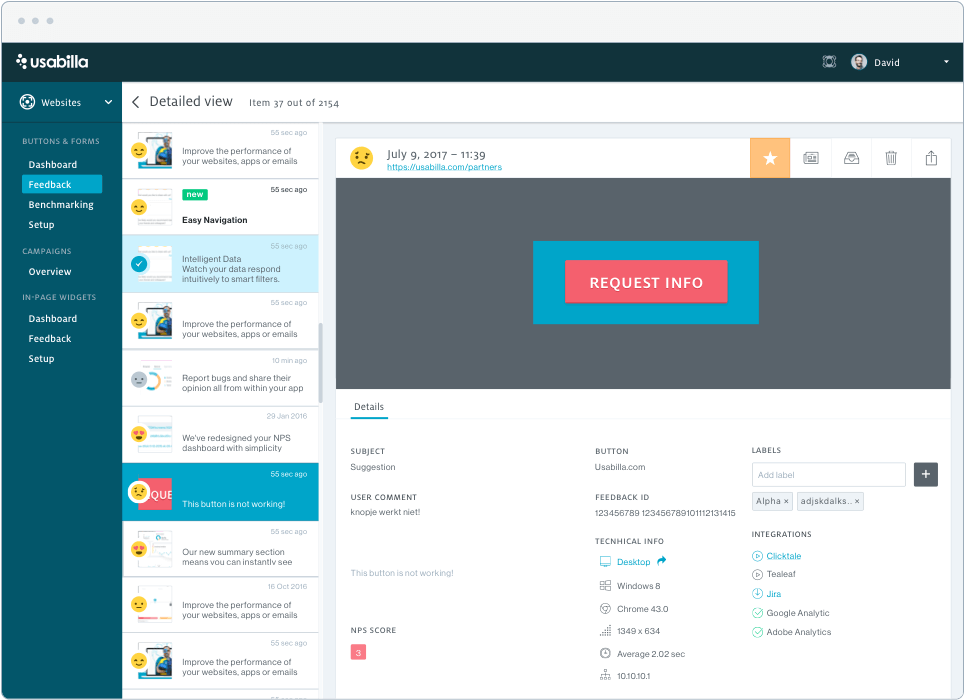
This apparatus has a wide range of features that makes it an entire package which is very huge.
A couple of the features that can be actuated are: click heatmaps, exit surveys, mobile feedback, directed input structures, and feedback widgets that accumulate information by means of messages.
They have a month-to-month and annual estimating structure, however, every client can give it a shot on a 14-day free preliminary.
Five Second Test
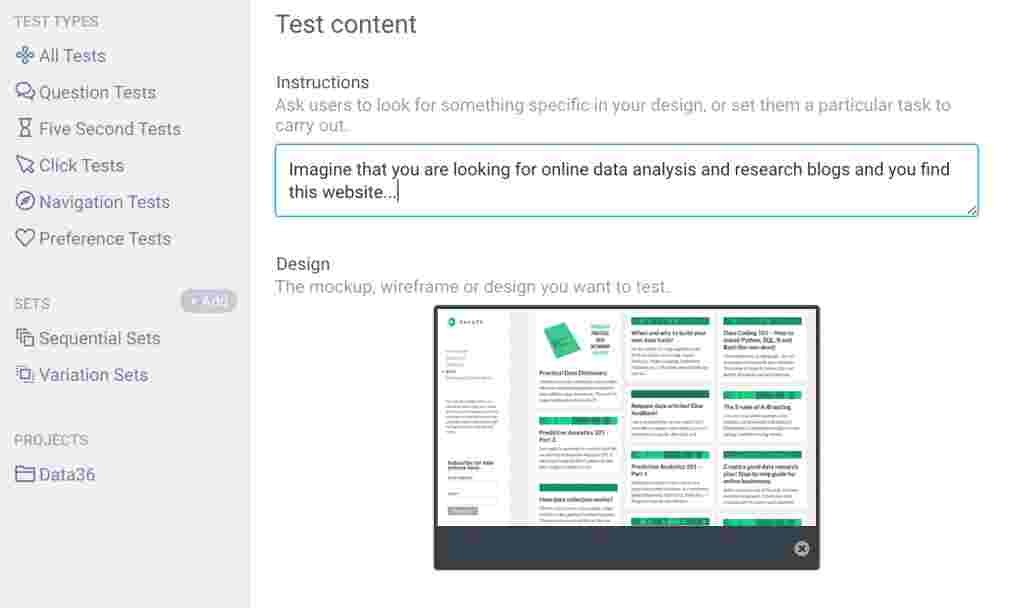
This device is powered by a usability hub. And it is best to consider the financial limitations for ease of use. It is intended to preview the initial introduction of any guest on the site.
It just takes 5 seconds to run a test—the procedure is amazingly basic. The three stages include: transferring a screen capture or counterfeit up of the page with an inquiry regarding the usefulness or configuration included.
UsabilityHub will at that point think about the reactions. The paid plans start at $20 every month, except the individuals who are worried about the expense can procure free reactions when they complete tests for different clients.
ClickTale
Like different instruments that work as a tick map, ClickTale is a paid facility administration that will follow the keystrokes of a client, track their mouse clicks just as moves, and even the time that it takes for them to explore the site.
As every client has a session, it has a thing Likewise a motion picture, taking note of where the client’s cursor is.
The warmth guide will show the hot zones where the client invests a large portion of their energy, and the virus zones are the place a minimal measure of time is spent.
The downsides to this program are not all that terrible. For one, in the same way as other ease of use testing instruments, it is beyond the realm of imagination to expect to ask “why” to the client, with respect to the activities that they did or didn’t take.
Likewise, evaluating is slightly confounding—memberships can be month to month, semi-yearly, or yearly, and range from allowed to $790.
Tips To Keep In Mind For Usability Testing
Despite which kind of testing strategy you pick, remember these three tips to have the most ideal outcomes.
While performing any test, it is essential to keep the objectives behind performing the test in mind.
While playing out any test, it is basic to remember the goals behind playing out the test. Consider these tips and have information regarding the testing process before you actually start the mobile usability testing:
- While setting up your testing condition, remember that these websites and applications are for mobile phones. Thus, they should be accessible on the go.
- Since you have to follow every single step, including finger movements and different motions that clients make during using the app, utilize the best use the best tools to provide services to your clients. No one likes having an observer looking over their shoulders constantly.
- It is insightful to give your clients a chance to utilize their very own gadgets to test an item.
This will enable your clients to remain in their range of familiarity while testing. This will also assist you with testing the portable ease of use of your item in a capable way.
Mobile usability testing is very essential in order to ensure a product’s success in the market.
Conclusion
Ease of use Testing includes bringing contributions from genuine clients and watching their conduct while interfacing with the item.
Thus, it dissects whether the item is obliging the expected needs or not. So as to viably execute the ease of use test, a well-arranged methodology is basic.
At Echoinnovate IT we can help you with app development and web development. Our team of developers can help you with it. Contact Us! Today
FAQs
Why should I outsource services to Echoinnovate IT?
- Decide on your objectives
- Design the tasks
- Choose between lab settings or remote testing
- Ready, set, run the test
- Organize and analyze your data
- Time to act
- Plan your next test
What is usability testing and why do you need it?
Usability testing is a method of testing the functionality of a website, app, or other digital product by observing real users as they attempt to complete tasks on it. The primary purpose of a usability test is to gather the data needed to identify usability issues and improve a website or app’s design.
How should I conduct a mobile usability test?
- Create a prototype
- Come up with a test plan
- Recruit people
- Find a suitable location
- Moderate the test
- Document the test result
How do you create a user testing plan?
The basics
- The goal
- Underlying objectives
- Tactics
- Measuring success in user testing
- Possible scripting and questions/ tasks to ask
